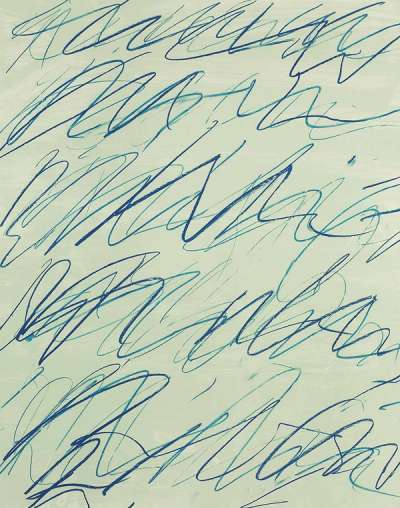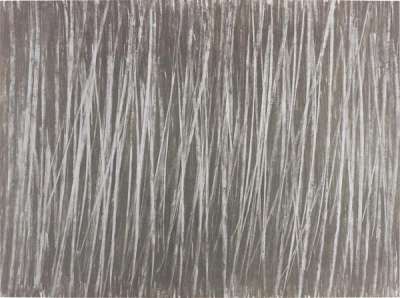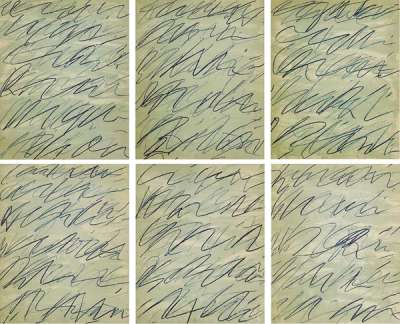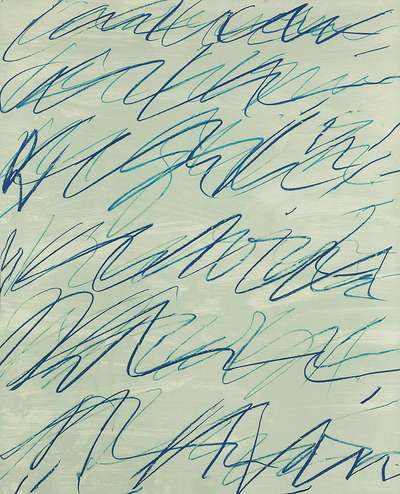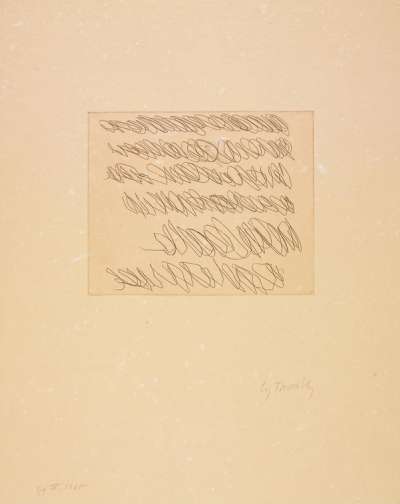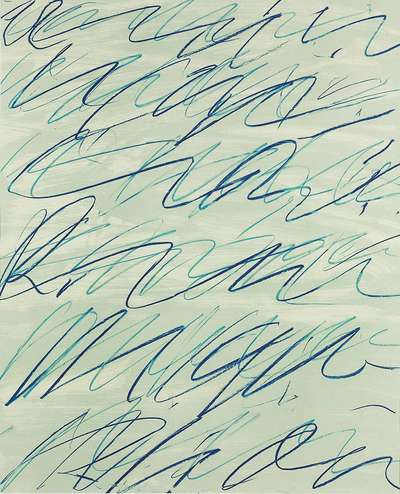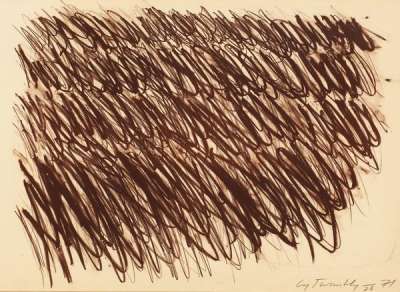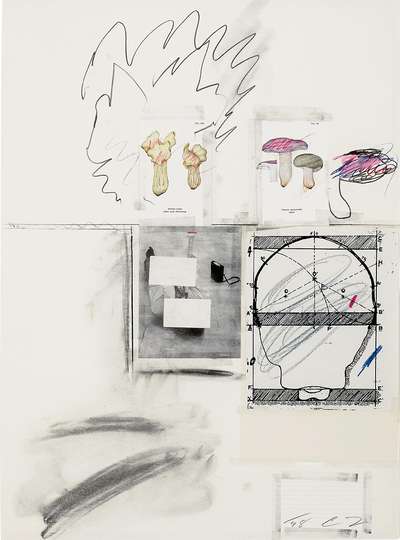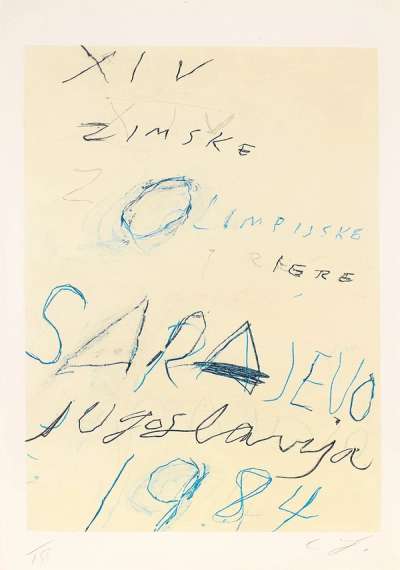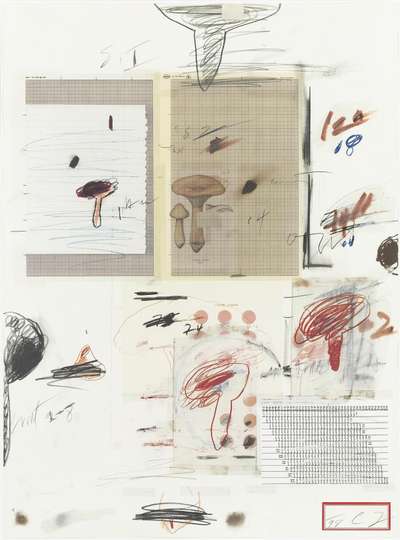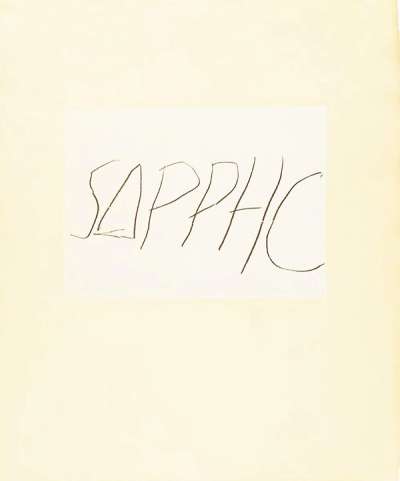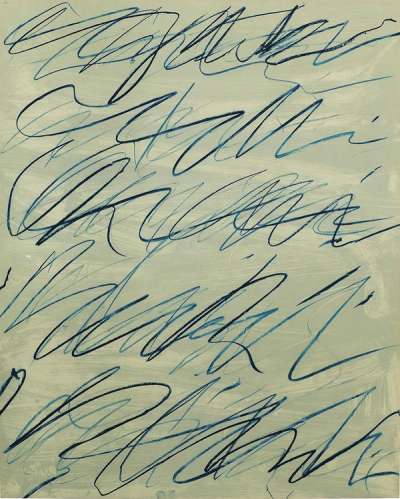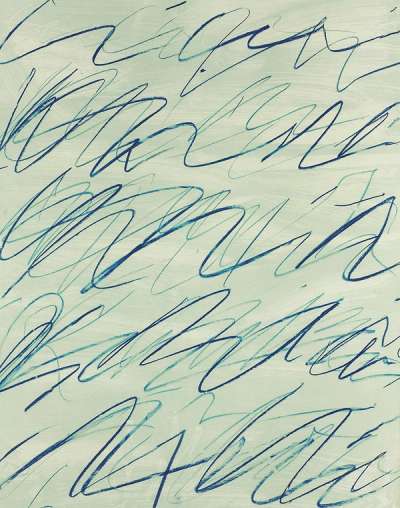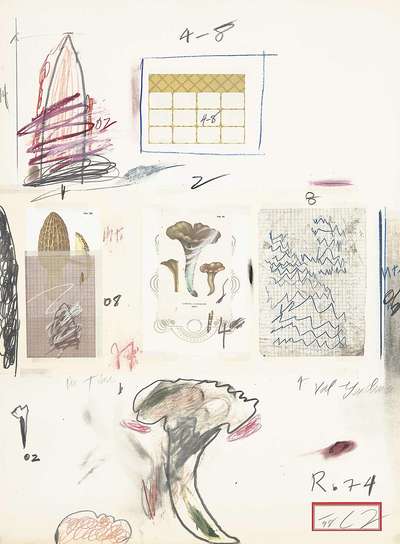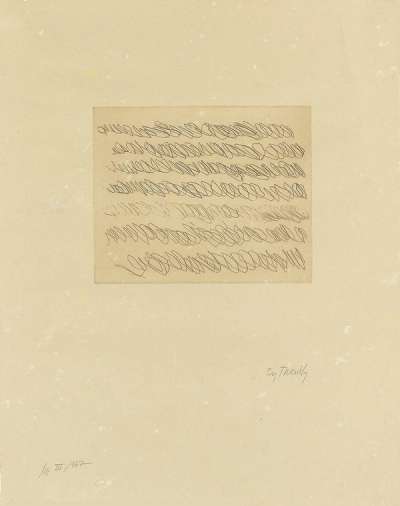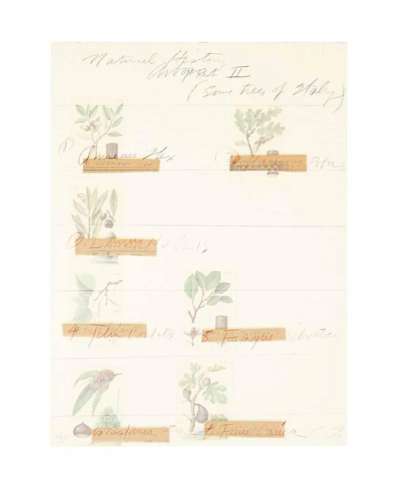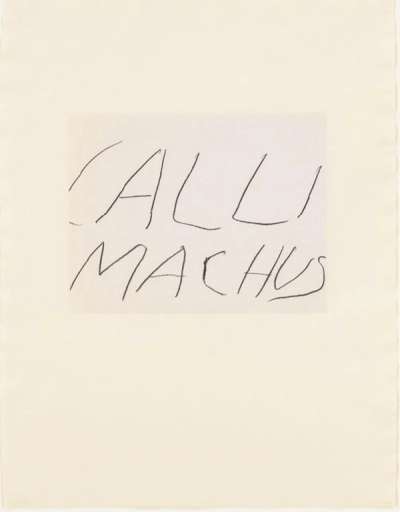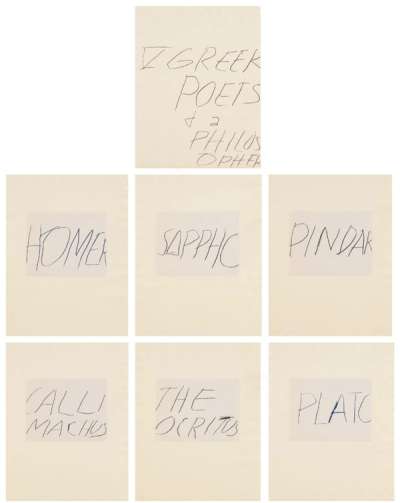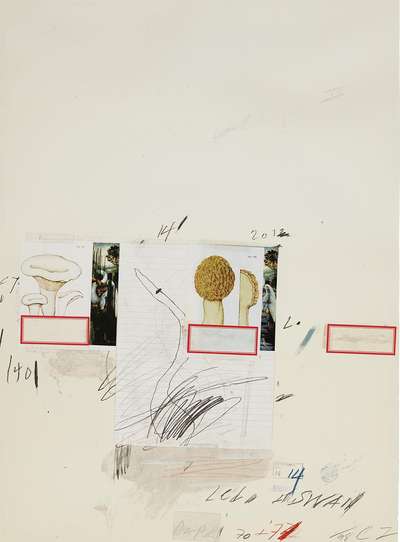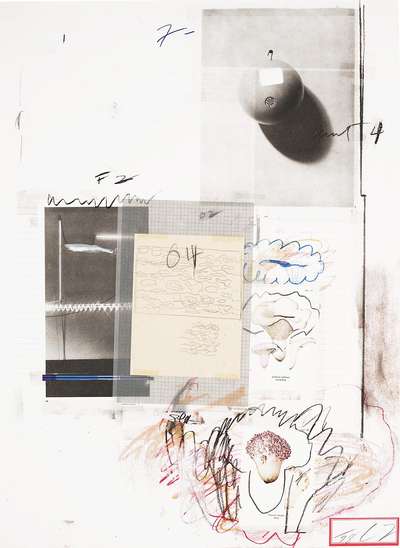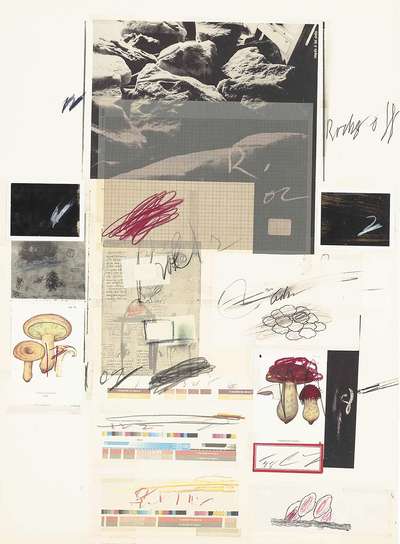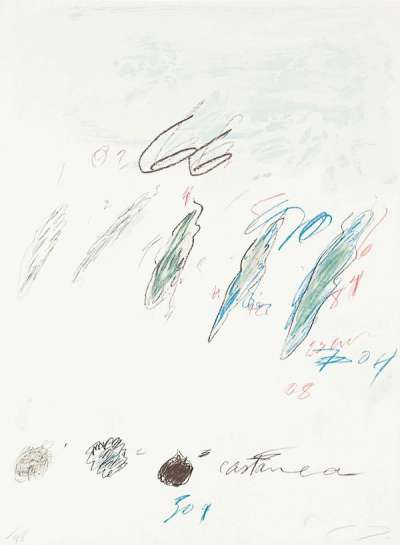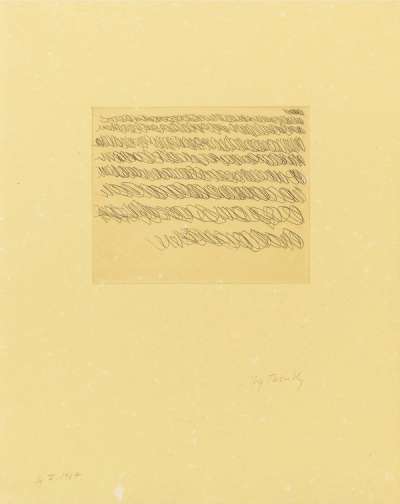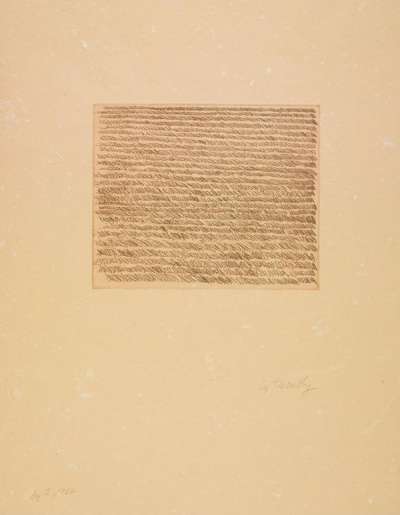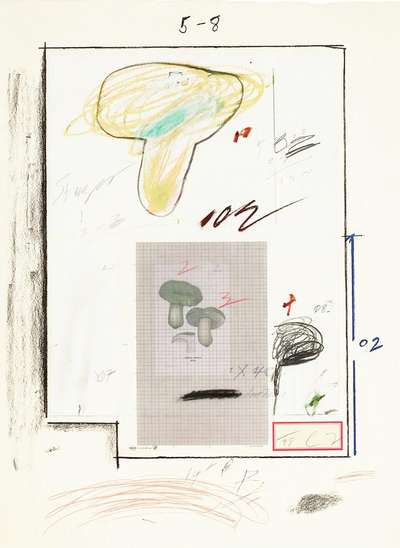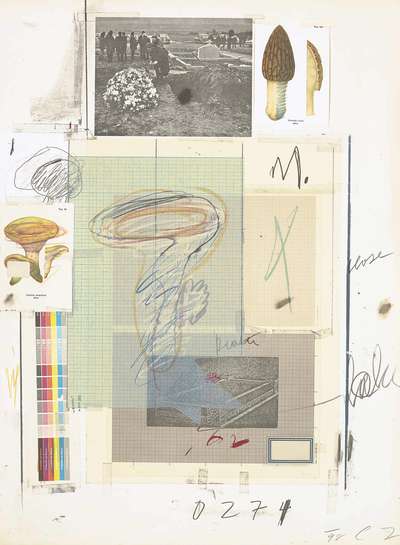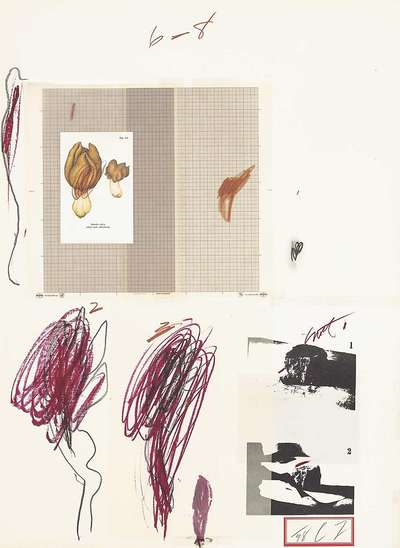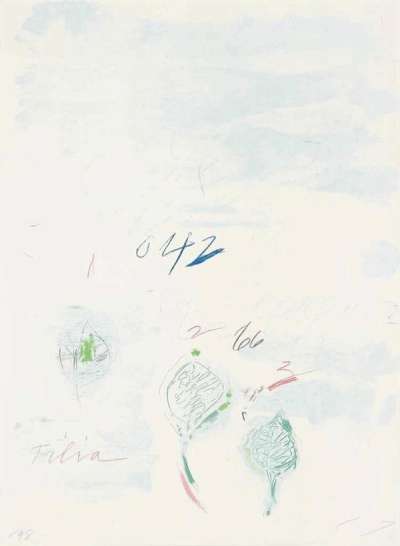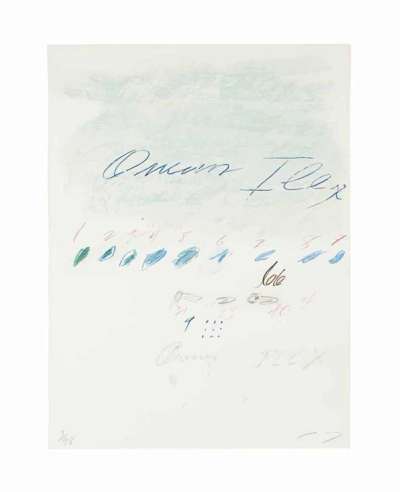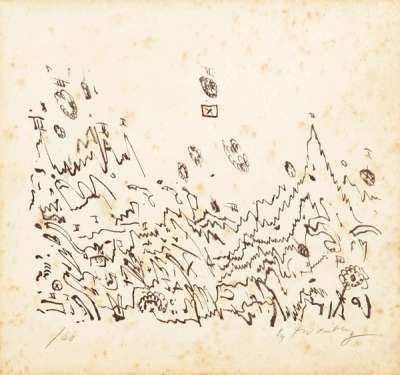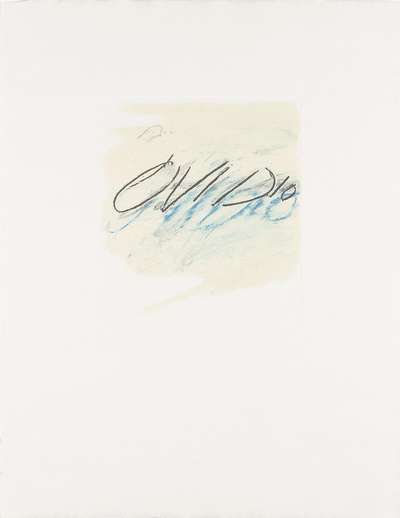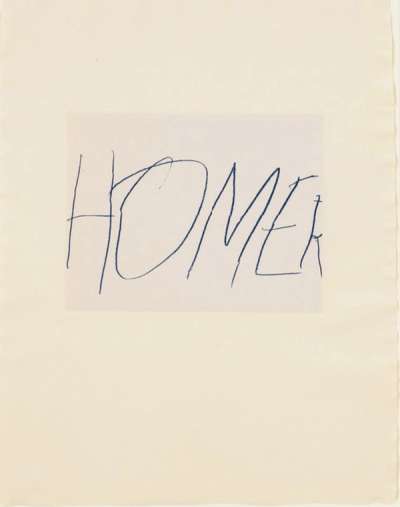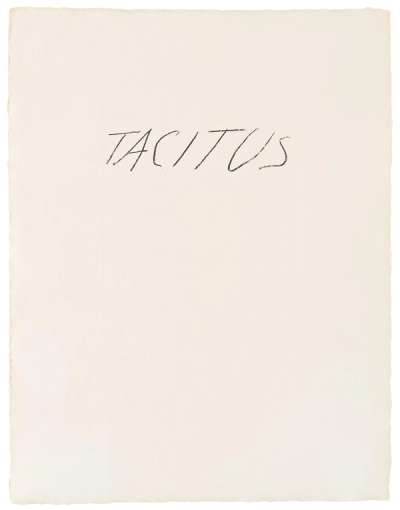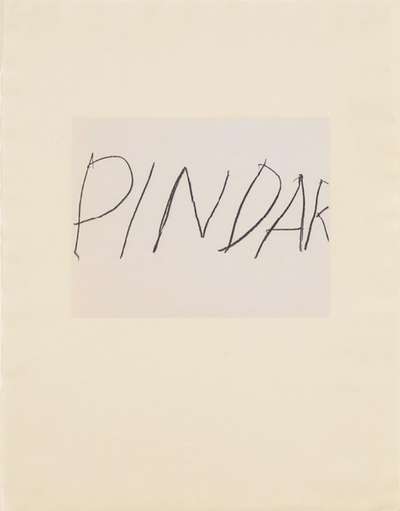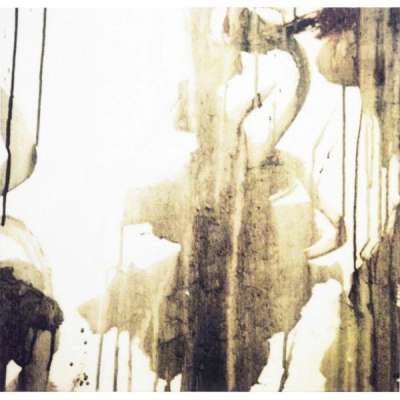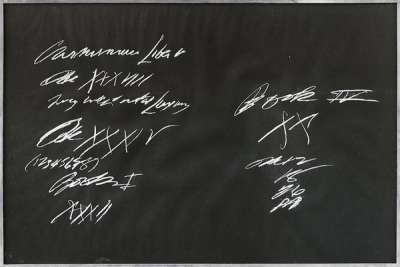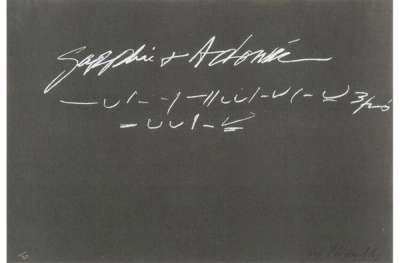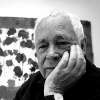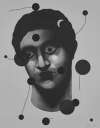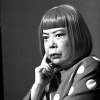Cy
Twombly
Cy Twombly was an American multi-media artist, known for his large-scale scribble artworks. Merging elements of graffiti, calligraphy and a distinctly personal style, he gained significant recognition in the latter half of the 20th century. If you’re looking for Twombly original prints and editions for sale or would like to sell, request a complimentary valuation and browse our network’s most in-demand works.
Cy Twombly art for sale
Discover Cy Twombly prints for sale, exclusively available through our private network of collectors. Explore signed and unsigned screenprints, lithographs, digital prints, and rare editioned proof prints by era-defining blue chip artists.
Sell Your Art
with Us
with Us
Join Our Network of Collectors. Buy, Sell and Track Demand
Biography
Born Edwin Parker Twombly Jr. on April 25, 1928, in Lexington, Virginia, Cy Twombly was a distinguished American artist whose work transcended easy classification, though it was often associated with Abstract Expressionism and Minimalism. He studied at the School of the Museum of Fine Arts, Boston, and later at the Art Students League of New York. His early work was influenced by artists such as Franz Kline, Williem de Kooning and Jackson Pollock, but he soon developed his own unique style, distinguished by its use of scribbles and quasi-legible calligraphic lines.
Twombly's art was characterised by an intensely personal language of signs and symbols, where each canvas was a stage of a narrative, hinting at underlying themes of love, sex, beauty and the passage of time. Despite being a somewhat enigmatic figure, Twombly's influence is significant: his works are held in high regard in major museums and collections worldwide, such as those of the Museum of Modern Art (MoMA), Tate Modern and the Louvre. He passed away aged 83 on July 5, 2011, in his adopted city of Rome, Italy, but his legacy continues to inspire generations of artists and cause admiration in the art world.
Twombly first began his artistic training at age 14, taking private art lessons with the artist Pierre Daura. During his time at the Art Students League of New York, he met and befriended the artist Robert Rauschenberg, who became instrumental in arranging Twombly’s first solo exhibition at the Samuel M. Kootz Gallery in 1951. The two artists remained close, deeply influencing one another. During the following years, Twombly served in the United States Army as a cryptologist, which deeply influenced his approach to creating scribbles that intrigue the mind and hint at something beyond the obvious. Twombly also sculpted, although he went through phases; between 1959 and 1976, for example, he created none.
In 1957, Twombly moved to Rome, Italy; the rich mixture of ancient and Renaissance art profoundly influenced his work. His paintings and sculptures became noted for their fusion of the classical world with modern artistic techniques, often featuring scribbled, graffiti-like marks against solid fields of colour. This unique blend of the old and the new made him a standout figure in the contemporary art scene, one that is easily connected to Old Masters – as evidenced by 2011’s joint exhibition on Twombly and Nicolas Poussin at the Dulwich Picture Gallery. From the 1960s onwards, he created, named and inscribed paintings with mythological figures; notable examples of this period include his 1962 cycle of words illustrating myths such as Leda and The Swan and The Birth of Venus. Twombly was particularly fascinated with the Leda story, as he painted it six times between 1960 and 1963.
Although mythology would continue to play an important part in his oeuvre as a subject he often returned to, the late 1960s saw his creation of the Blackboard Paintings, which feature white scrawls against a grey background. This was reminiscent of a school blackboard, complete with asemic writings. By the mid-1970s, Twombly returned to sculpture, creating works that are suggestive of classical Greco-Roman sculptures. In 1978, he created Fifty Days At Iliam, an epic series inspired by Homer’s Iliad.
His later works are particularly noted for their vibrancy and emotional depth. Since then, Twombly has become one of the most successful artists of the 20th century, with his works regularly selling for record-breaking prices at auction. In 2015, his 1968 work Untitled (New York City) sold for $70.5 million at Sotheby’s.






